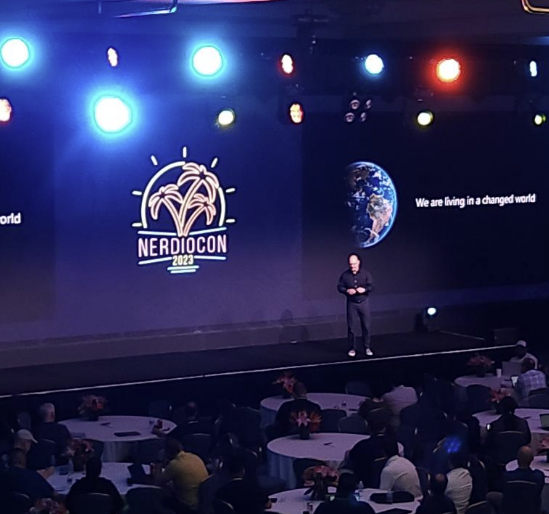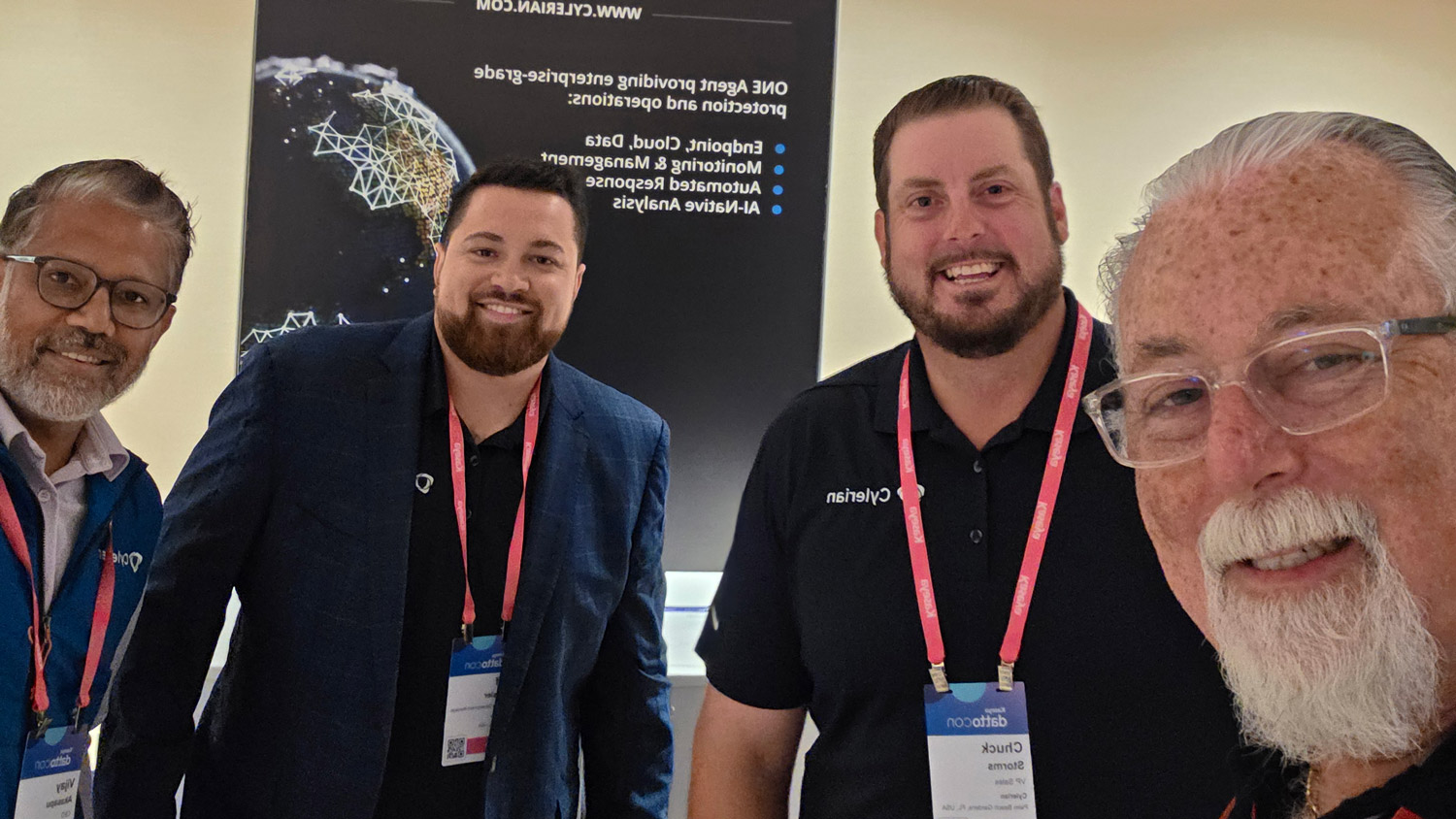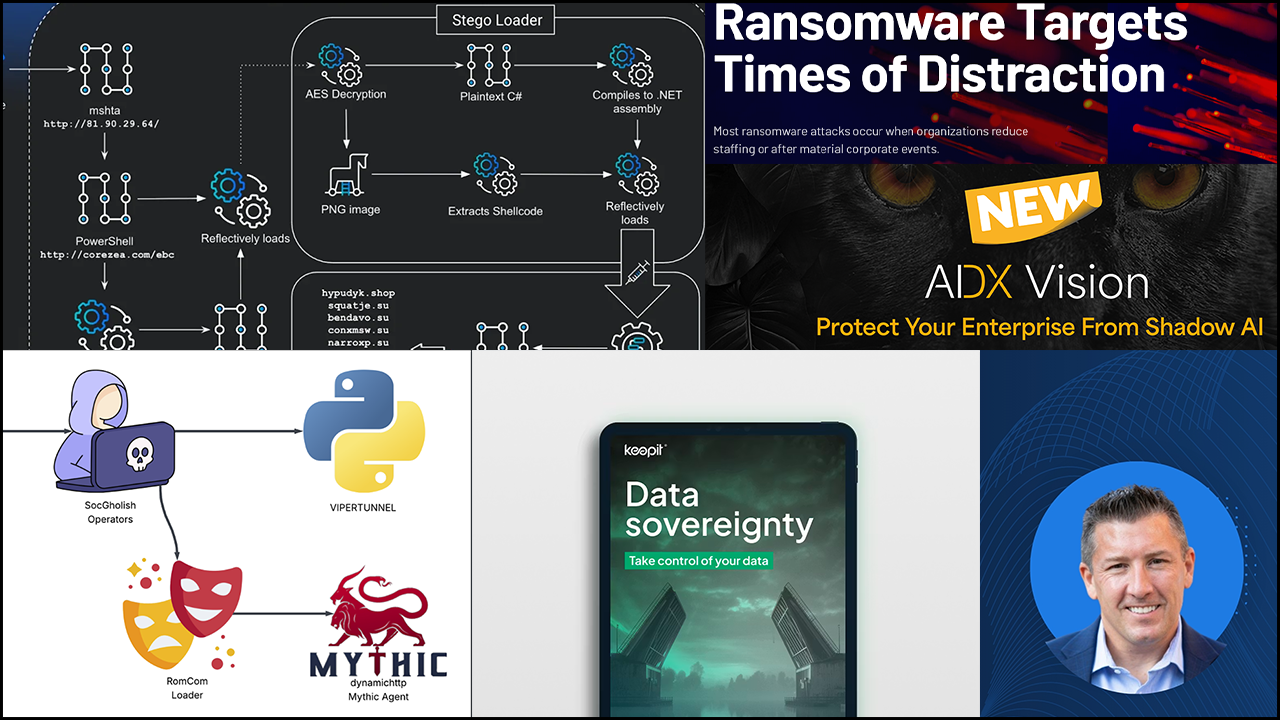Nerdio is integrating device and application management functionality from Microsoft Intune to Nerdio Manager for MSP.
The company announced that update and the addition of enhanced multi- and cross-tenant management functionality to its flagship cloud management solution for managed service providers on the opening day of its NerdioCon partner event in Cancun, Mexico.
Both moves are early steps in longer-term plans by Nerdio to expand a tool for deploying and managing Microsoft Azure, Azure Virtual Desktop, and Windows 365 environments into a “holistic, modern, multitenant, workflow-powered cloud management platform,” according to CEO Vadim Vladimirskiy.
“You can envision Nerdio Manager for MSP being this management overlay that combines all the different Microsoft cloud technologies in a single multitenant management platform that MSPs can build their entire practice on,” he says.
Currently in public preview and slated to enter general availability early in the second quarter, the Intune integration will give users centralized access to Intune functionality through the same interface they use to administer Azure services and virtual machines.
“It’s everything from unified endpoint management, application management policies, baseline security, everything that Intune has to bring to the table,” Vladimirskiy says.
Like Nerdio Manager for MSP’s existing Azure-related capabilities, the new Intune functionality is designed to make an otherwise complicated technology simpler to learn and use. “Intune is a popular technology out there and lots of MSPs want to start using it, but they’re finding the complexity challenging,” Vladimirskiy says.
Nerdio announced new support for virtual device management in Nerdio Manager for MSP through an integration with Microsoft Endpoint Manager at last year’s NerdioCon. The Intune functionality adds physical endpoint management capabilities to the product. According to Vladimirskiy, even the most cloud-oriented MSPs need to take monitoring and managing laptops, desktops, and other devices seriously at a time when rapid adoption of SaaS applications is shifting control over security settings and practices from technicians to end users.
“Once that endpoint functionality is completely controlled by the user, security becomes a huge concern and a point of focus, and being able to easily manage physical endpoints that are not connecting through a virtual desktop to the data becomes super important,” he says.
The new cross-tenant functionality unveiled today lets MSPs define a core set of configurations, workflows, and policies and then apply them to multiple clients at once. It too is currently in public preview and scheduled to become generally available early in the second quarter.
“Envision a security policy that an MSP has developed as a best practice that all of their customers must comply with,” Vladimirskiy says. “Instead of having to copy that policy from each customer one to the next and then maintain it on an individual basis, they’ll be able to create one central version, assign it to all of their customers, and then maintain compliance and automatically remediate against any changes from that policy.”
Any changes they make, moreover, will roll out automatically to all relevant clients at once. “They may be deploying a certain app to a large portion of their customers,” Vladimirskiy says. “Once they update that app centrally, it’ll automatically become available to any customers that are consuming that particular app.”
Nerdio also announced new unified application oversight functionality in Manager for Enterprise, its single-tenant solution for corporate IT departments, today. “We are creating a layer of management that allows them to bring in all of their existing repositories of apps and easily manage applications across any type of Windows device, whether that’s cloud VDI, whether that’s a Cloud PC, or a physical Windows device,” Vladimirskiy says.
Nerdio has also added a new cost optimization tool called Nerdio Advisor to its enterprise solution.
Today’s announcements are part of larger plans by Nerdio to turn Nerdio Manager into an all-purpose cloud management platform, first by expanding beyond Azure and virtual machine management into endpoint and application management through integration with Intune, and then by adding support for Microsoft 365 and the Microsoft 365 Defender security solution later this year.
Other cloud management vendors with similar ambitions include Augmentt, BetterCloud, SkyKick, and Auvik’s Saaslio unit. N-able introduced a SaaS management solution last August and previewed a cloud infrastructure management system two months later. ConnectWise demo-ed a SaaS management solution of its own last November at its IT Nation Connect event.
Even so, Nerdio views MSPs who have yet to adopt a cloud-first mindset as its largest growth obstacle, just as it did a year ago.
“Our biggest, let’s call it, competitor is people who just don’t see the need to move fully to the cloud, specifically move their infrastructure to the cloud,” says Joseph Landes, Nerdio’s chief revenue officer. There are fewer such companies all the time though, he adds, as MSPs steadily embrace cloud-focused business models.
“They want to do more and more and more cloud. They want to get out of the whole on-premises world,” Landes says. “The challenge is they just don’t know how to do it in an elegant way.”
Nerdio added automation and oversight features to Nerdio Manager for MSP last September.
Global outlays on SaaS services will climb some 17% this year to over $195 billion, according to Gartner, which expects spending on infrastructure as a service to soar close to 30% to more rhan $150 billion.













